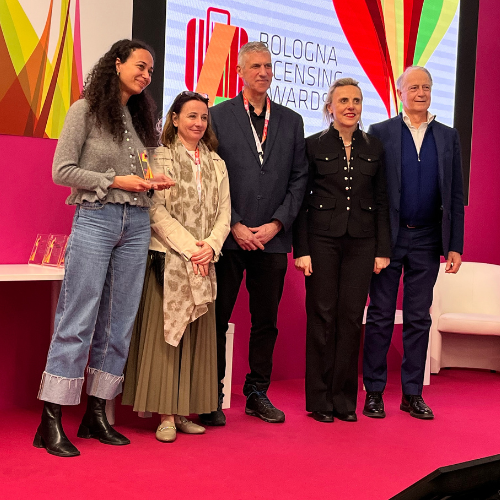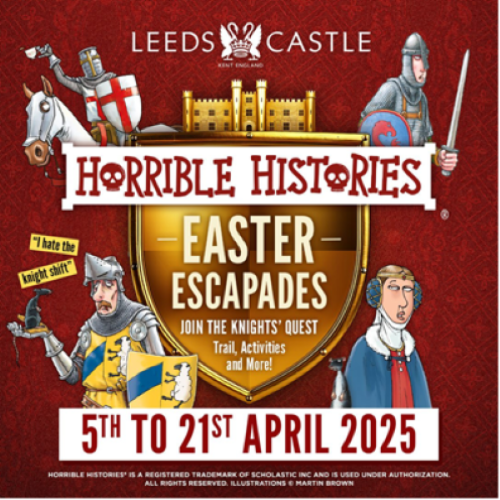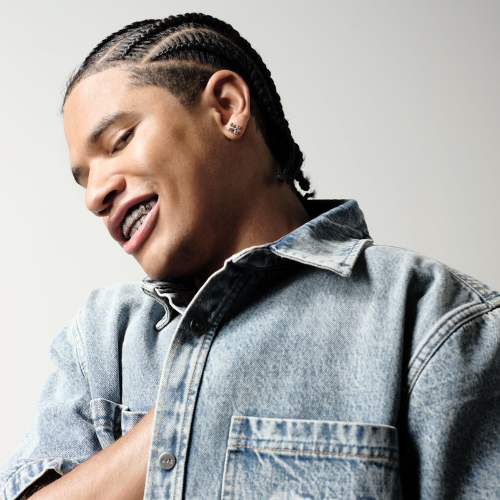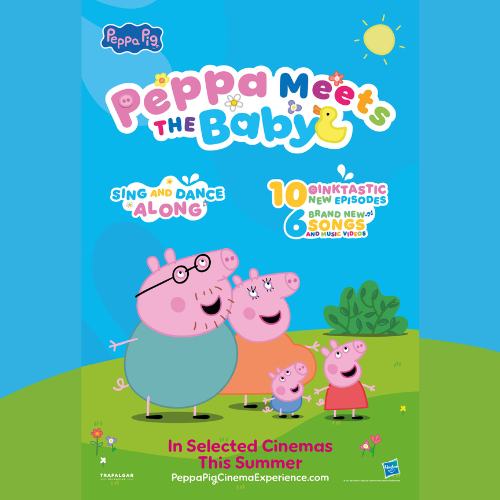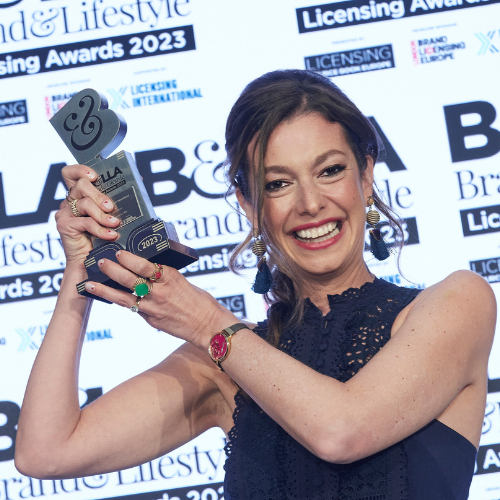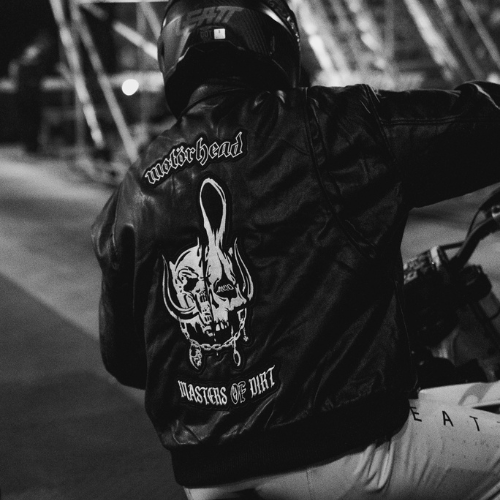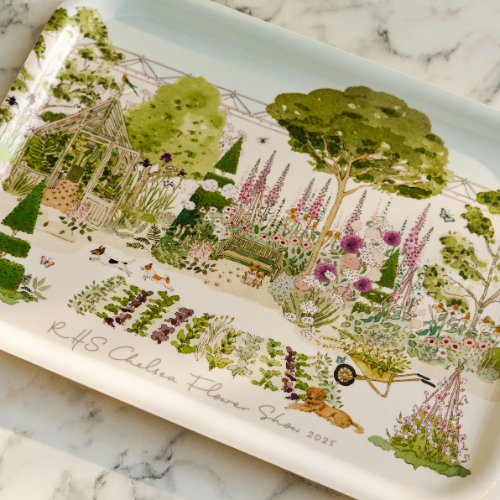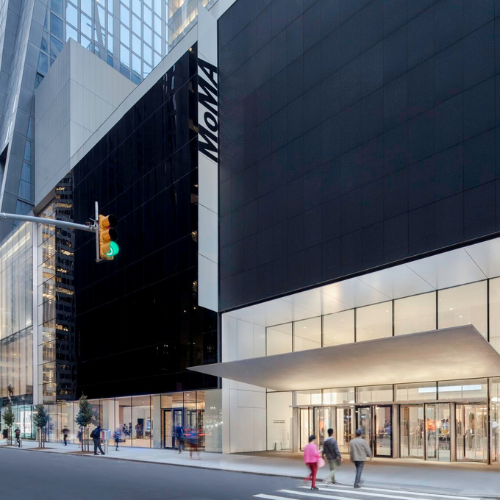Kids Industries’ Aleksandra Szczerba offers some theories on the driving forces behind the continued growth of brand and lifestyle licensing.
Although character and entertainment (C&E) licensing remains ‘king’ in the licensing world, led by corporate giants like Disney and its many global franchises, the last few years have seen the visible growth of the B&L – brand and lifestyle – category.
At KI we work with many powerful C&E licences in the family space, and we recognise the importance of stories and characters, but we are no strangers to B&L, nor has this rise gone unnoticed. As a researcher, this phenomenon piqued my interest, so I puzzled, pondered and investigated, and I have drawn up a few theories about the driving forces behind B&L.
First things first: industry professionals and academics have long known that a brand is an important part of one’s identity. The lifestyles we lead represent our values, and the brands we purchase, use and wear are part of this. This is even more the case today, as for Gen Y and Gen Z the ‘traditional’ ways of self-identification and expression have become weaker, with class, religion or political affiliation holding less importance. Instead, brands play a more important role.
In line with this importance, brands are now much more ‘present’, and Gen Y and Z consumers have certain expectations. Social media engagement is now merely a baseline; in an age that is socially and politically tumultuous, brands are also expected to be authentic, to have a point of view and to give back.
These are consumers who care (or at the very least want to look like they do), so from sustainability to inclusivity and beyond, brands are becoming more outspoken and responsible, and brands dedicated to various causes and charities are becoming powerful licences in their own right. All this sounds a little bit like B&L, doesn’t it?
This drive towards cause-driven licences is evident even from a quick glance at the winners of the B&LLAS 2022 last month (our congrats by the way to all of the amazing winners!), but that’s not all. Lifestyle brands with core Gen Y and Z consumer bases are stepping up.
Consider Vans – always associated with youthful energy as one of the biggest skate and surf brands around, it is less about pop punk concerts these days (anyone remember Warped Tour?) and instead holds an annual ‘Checkerboard Day’, a global charity initiative dedicated to working with local partners and revitalising outdoor spaces. Beach clean-ups, interactive art pieces and classes for kids are just some of the on-the-ground activations, all supported by the brand and shared on their social media, including the Gen Z favourite TikTok. Authenticity, point of view, giving back: check, check, check.
Another influence on the rise of B&L licensing is, quite simply, fashion. With the resurgence of Y2K and early to mid-2000s McBling trends, many (often unexpected) brands are making their comebacks. From Juicy Couture’s velour, to Playboy’s bunny logo – the 2000s are officially vintage, loved by teens and embraced by nostalgic millennials (except the low-rise jeans, please). Although C&E from that era is making a reappearance too, that time is much more about its brands (and their offensively large logos). We still have the confirmed comebacks of Von Dutch and Baby Phat to look forward to, and undoubtedly more, with all licences sitting firmly in the B&L category – and teens and adults ready to experience their new iterations.
Finally, we may have simply hit a point of oversaturation when it comes to C&E. For example, Marvel films and TV series have been released with increased frequency for over a decade, and only recently, being an invested film fan myself, I witnessed the internet become abuzz about a ‘Marvel monopoly’ ruining cinema. Those who aren’t hardcore fans are feeling fatigued. There is also the element of the aforementioned ‘authenticity’ to consider. Although audiences can identify with characters to a degree, characters are confined to the fictional realm; they cannot authentically embrace or express real-world viewpoints. The B&L realm is more flexible in this regard, with celebrities, organisations and brands that can represent and shape views, comfortably slotting themselves into Gen Y and Z realities.
With the current trends and the notable importance of brands in the lives and identities of Gen Y and Z consumers, B&L licensing is set to grow. In fact, I do believe this will further be amplified by the turning tides in the entertainment space (if the comic book fatigue persists).
The next generation of consumers is also due to grow up soon. Generation Alpha (born 2010 onwards) are the children of Gen Y, and they’re widely considered ‘mini-millennials’, brought up to also care about brands, values – and brands’ values. C&E might not get knocked off its throne yet, but B&L is definitely gaining ground.
Aleksandra Szczerba is a researcher at Kids Industries. You can find out more about the agency by clicking here.












